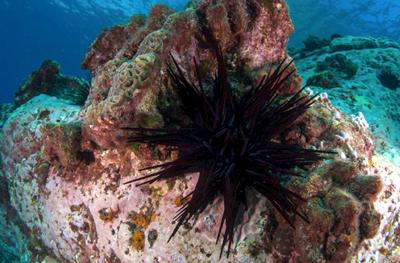Marine travellers best able to adapt to warming waters

Marine species that already roam far and wide throughout our oceans are extending their territories further and faster in response to climate change, according to new research involving the University of Southampton and an international team of biodiversity experts.
The study found that while species that have large ranges are able to make their way to cooler waters, small-ranging species are in increased jeopardy as our planet’s oceans continue to warm.
“Our findings indicate that animals which already have wide-latitudinal ranges, habitat generalists, and species with high adult mobility displayed the quickest and greatest range shifts,” says University of British Columbia biodiversity researcher Dr Jennifer Sunday, lead author of the study.
As expected, swimming ability is important. Fish are stretching their ranges south faster than other organisms such as starfish and crustaceans. Researchers also found that animals that have large range sizes are also at equilibrium with their environment, and are therefore the most responsive to change and shift the fastest.

“The study is among the first to comprehensively look at how a marine animal’s traits impact their ability to respond to climate change and highlights the importance of biology as a predictive tool,” says Dr Amanda Bates from the University of Southampton, who co-led the workshop that developed the idea for the study.
The findings, which have been published in Ecology Letters, may be useful for improving global predictions of how different species will respond to climate change and for identifying those in greatest jeopardy due to their limited ability to escape warming.
The researchers used a global marine hotspot, the fast-warming waters off Australia’s east coast, as their lab. In Eastern Australia, the ocean has been warming four times faster than the global average—and many marine species have been appearing further south than ever before.
The tiger shark, short-tail stingray and barren-forming urchin were some of the fish species with the largest range shifts in the region. Filter-feeding barnacles—omnivores that are notoriously invasive—also displayed some of the largest expansions of territory.
Meanwhile the spotted handfish, a coastal species in the same region, hasn’t extended its distributional range into cooler waters despite shifting temperatures.